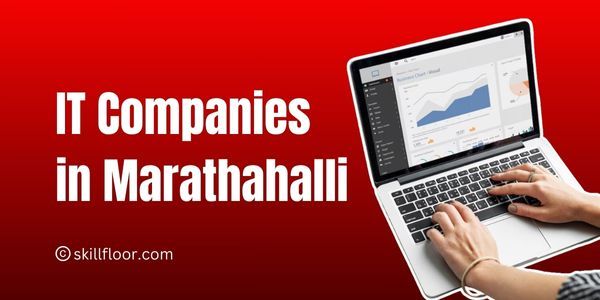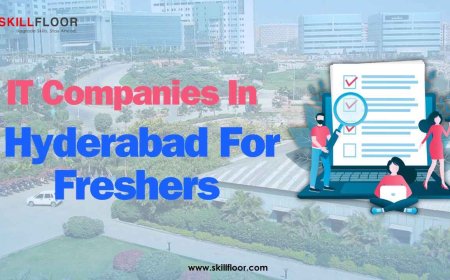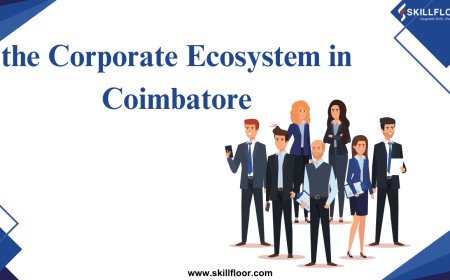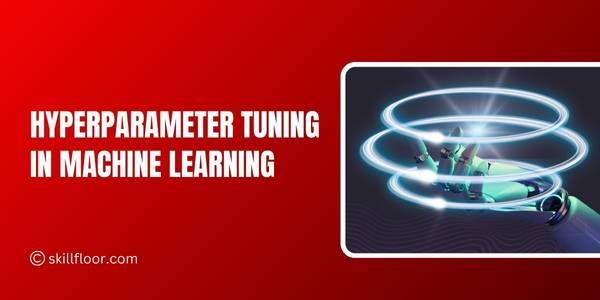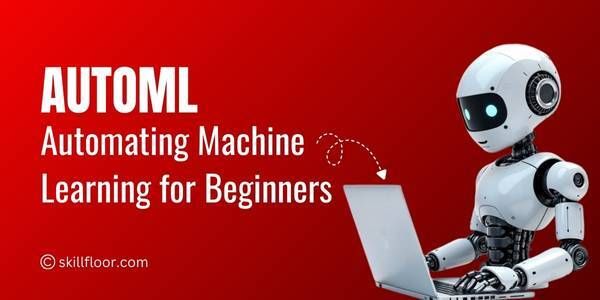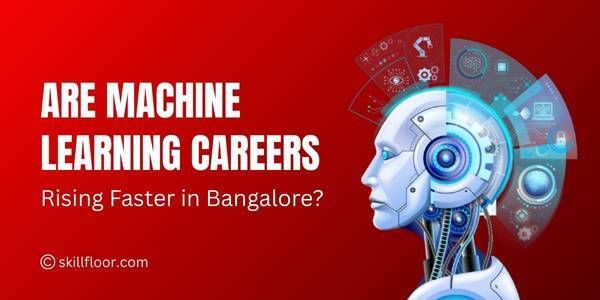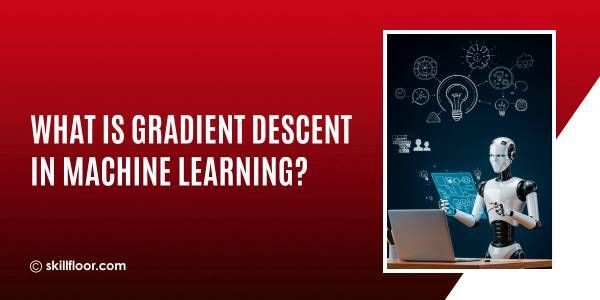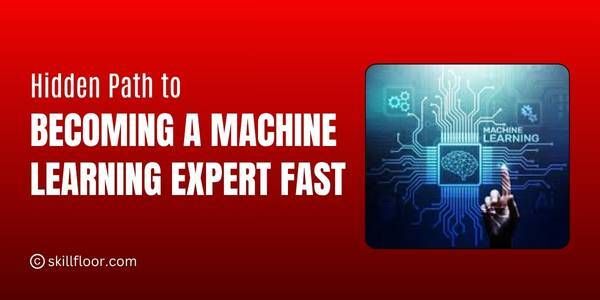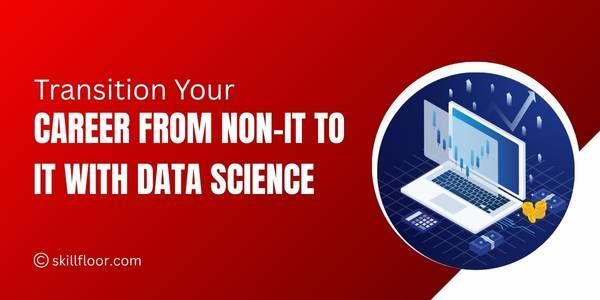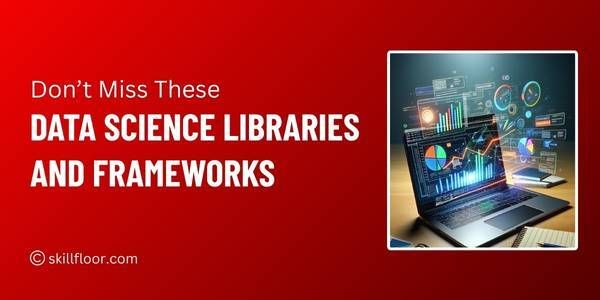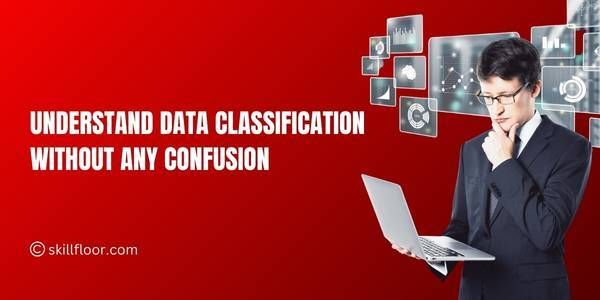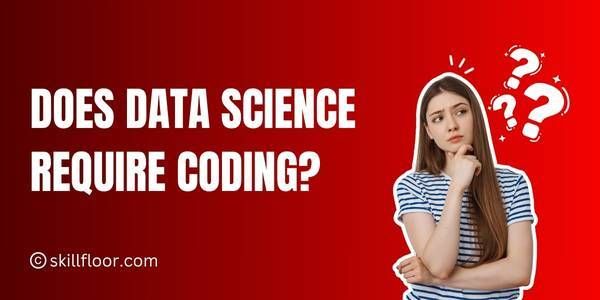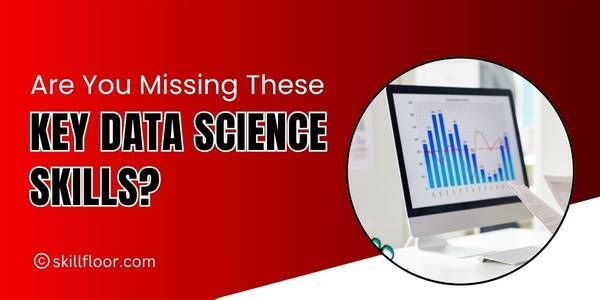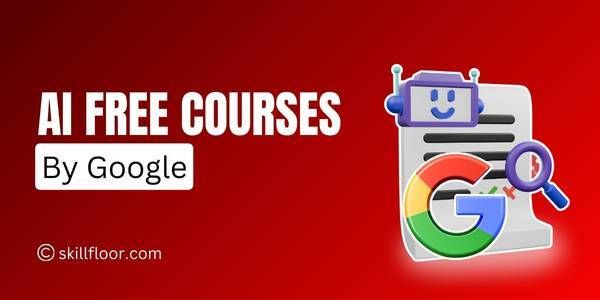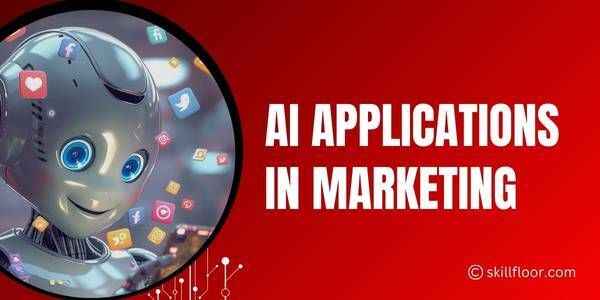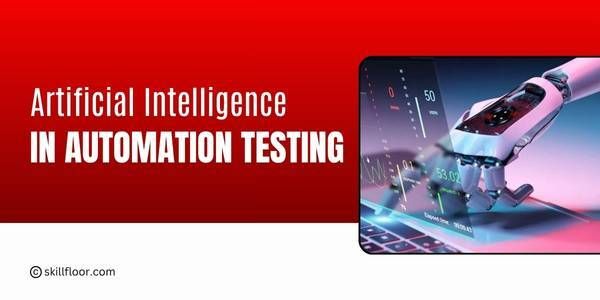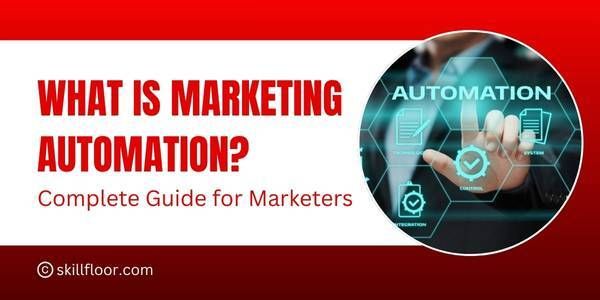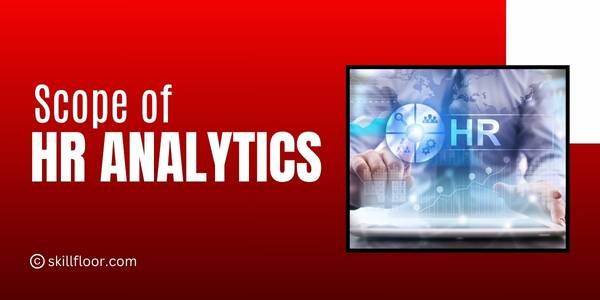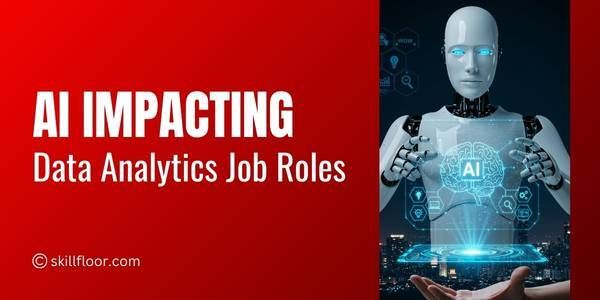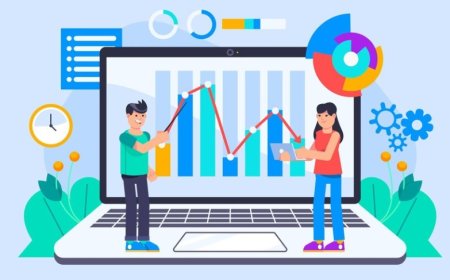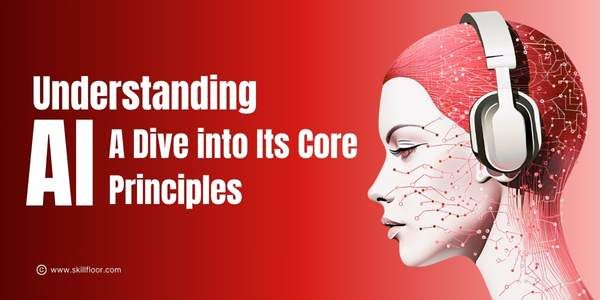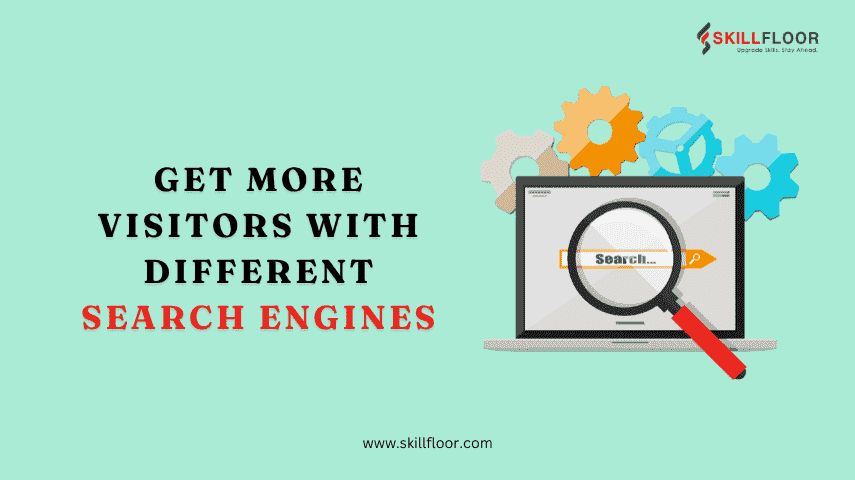8 Essential Data Mining Tools for Modern Data Analysts
Explore 8 top data mining tools of 2025 like RapidMiner & Spark. Compare features, use cases, and pros to choose the right tool for your projects.

In 2025, data is more valuable than ever, often referred to as the "new oil" powering modern business decisions. With over 328 million terabytes of data generated daily worldwide, the ability to extract meaningful patterns from this vast ocean of information has become a strategic necessity. According to the latest market analysis, the global data mining tools market is projected to grow from $1.31 billion in 2025 to $2.13 billion by 2029, reflecting a 13.3% CAGR. This growth is fueled by AI adoption, cloud infrastructure, and the need for data-driven insights across sectors like finance, healthcare, retail, and logistics.
But raw data alone holds little value unless it is analyzed, interpreted, and converted into actionable insights. That’s where data mining tools come in. These tools use algorithms, statistical models, and machine learning techniques to discover hidden patterns, correlations, and trends. Whether you're a data science student, analyst, researcher, or enterprise professional, selecting the right tool is crucial.
Top Data Mining Tools in 2025
Choosing the right data mining tool is essential for extracting valuable insights from raw data. In 2025, a variety of tools will be available, ranging from user-friendly drag-and-drop platforms to powerful coding environments. The following tools are widely used across industries and cater to different levels of technical expertise and project needs.
1. RapidMiner
RapidMiner is widely recognized for making data mining accessible through its intuitive visual workflow interface. It helps businesses and analysts quickly uncover patterns and build predictive models without writing a single line of code. Ideal for both beginners and professionals, it's a strong choice for rapid insights. RapidMiner is a powerful, user-friendly data mining and machine learning platform used by over 40,000 organizations. Known for its drag-and-drop interface, it allows users to design and execute workflows without writing code.
Key Features:
-
1,500+ prebuilt algorithms and functions
-
Visual workflow design
-
Integration with Python, R, and Weka
-
Auto model (automated machine learning)
-
Scalable deployment for enterprise use
Use Cases:
Customer segmentation, fraud detection, churn prediction, and predictive maintenance are commonly built with RapidMiner.
Pros:
-
Intuitive interface for non-programmers
-
Fast prototyping with real-time results
-
Good documentation and community support
Cons:
-
Limited performance on large datasets without paid upgrades
-
May not suit users who prefer full-code environments
Best For:
Business analysts, marketing professionals, and teams need quick insights without writing code.
2. KNIME (Konstanz Information Miner)
KNIME stands out in the data mining world for its powerful node-based architecture and flexibility. It's an open-source platform that supports data blending, transformation, and modeling with strong integrations and automation, making it perfect for repeatable, scalable analytics workflows. KNIME is a robust, open-source platform for data analytics, reporting, and integration. Its modular, node-based interface makes it perfect for building scalable and repeatable workflows.
Key Features:
-
Hundreds of prebuilt nodes for data processing
-
Built-in support for machine learning and deep learning
-
Seamless integration with Python, R, and Spark
-
Cloud, database, and big data connectors
-
KNIME Hub for reusable components
Use Cases:
Used for ETL (Extract, Transform, Load), data preparation, model training, and real-time analytics.
Pros:
-
Open-source and highly customizable
-
Strong for data blending and automation
-
Scalable for both small and enterprise-level workflows
Cons:
-
UI can become overwhelming for large workflows
-
Not as beginner-friendly as drag-and-drop tools like Orange
Best For:
Data engineers, researchers, and businesses with repetitive or automated data needs.
3. Orange
Orange is a favorite among educators and beginners for its simplicity and interactive design. Built with a widget-based interface, it allows users to experiment with machine learning workflows without writing code, making it an ideal introduction to data science concepts. Orange is a free, open-source data mining and visualization tool geared toward education and beginner-friendly learning. It uses visual programming to simplify data workflows.
Key Features:
-
Interactive data visualizations
-
Components called “widgets” for preprocessing, modeling, and evaluation
-
Python scripting for advanced users
-
Integration with Scikit-learn
Use Cases:
Great for academic demos, prototype testing, and visual exploratory data analysis (EDA).
Pros:
-
Easy learning curve
-
Ideal for teaching and rapid prototyping
-
Frequent updates and a supportive community
Cons:
-
Not built for large datasets or production pipelines
-
Limited customization without Python
Best For:
Students, educators, and beginners are exploring machine learning.
4. Weka (Waikato Environment for Knowledge Analysis)
Weka is a Java-based data mining tool that offers an easy-to-navigate GUI and a wide variety of machine learning algorithms. It's particularly useful for academic research and learning, where quick experimentation and model comparison are key. Weka is a long-standing open-source tool developed at the University of Waikato. It offers a suite of machine learning algorithms for data mining tasks.
Key Features:
-
Support for classification, regression, clustering, and feature selection
-
Graphical user interface (GUI), command-line, and Java API
-
Wide range of built-in datasets for practice
Use Cases:
Used heavily in research, academic courses, and comparative model testing.
Pros:
-
Great for learning algorithm fundamentals
-
Simple GUI with clear options
-
Lightweight and fast for small datasets
Cons:
-
Not suitable for enterprise or big data use
-
Dated interface compared to modern tools
Best For:
Academic researchers and students focused on algorithm performance and comparison.

5. SAS Enterprise Miner
SAS Enterprise Miner is a robust, enterprise-grade tool designed for professionals in industries like finance and healthcare. With a visual flowchart interface and advanced analytics capabilities, it empowers users to build powerful models without needing to write code. SAS Enterprise Miner is a commercial-grade analytics platform offering advanced data mining, text mining, and predictive modeling.
Key Features:
-
Automated data preparation and transformation
-
Scalable model training and validation
-
GUI-based flowchart system
-
Robust integration with other SAS tools
Use Cases:
Widely used in banking, telecom, and healthcare for credit scoring, customer behavior analysis, and risk modeling.
Pros:
-
Highly stable and scalable
-
Powerful statistical modeling
-
Enterprise-level support and security
Cons:
-
Expensive license
-
Steep learning curve without SAS experience
Best For:
Enterprises with large-scale analytics needs and SAS-based infrastructures.
6. IBM SPSS Modeler
IBM SPSS Modeler is designed for business users and analysts who want to perform predictive analytics without programming. Its intuitive drag-and-drop interface, combined with IBM’s enterprise tools, supports advanced modeling and decision-making across various sectors. IBM SPSS Modeler is a powerful visual tool that allows users to build predictive models without needing to code. It supports a range of algorithms and is widely used in business and social science research.
Key Features:
-
Drag-and-drop model creation
-
Integration with big data sources
-
Natural language processing (NLP) support
-
Export to Python, R, and PMML for deployment
Use Cases:
Market research, fraud detection, campaign analysis, and customer segmentation.
Pros:
-
Excellent for business analysts and non-coders
-
Professional UI with clear workflows
-
Backed by IBM’s enterprise support
Cons:
-
High cost for the full version
-
Less flexibility compared to open-source tools
Best For:
Analysts in marketing, healthcare, and research need robust models without writing code.
7. Python (with Scikit-learn, Pandas, etc.)
Python is the go-to programming language for data science due to its powerful libraries and versatility. Tools like Scikit-learn and Pandas enable users to perform everything from basic data wrangling to advanced machine learning and model deployment at scale. Python is the most versatile and widely used programming language in data science. With libraries like Scikit-learn, Pandas, NumPy, Matplotlib, and Seaborn, Python serves as a customizable, full-code data mining environment.
Key Features:
-
Rich ML library ecosystem
-
End-to-end data pipeline creation
-
Integrates with TensorFlow, PyTorch, XGBoost, and others
-
Compatible with cloud platforms like AWS, GCP, Azure
Use Cases:
Everything from EDA and model development to deployment and MLOps.
Pros:
-
Complete control over workflows
-
Production-grade scalability
-
Immense community support
Cons:
-
Requires strong programming skills
-
Longer learning curve than GUI tools
Best For:
Data scientists, ML engineers, and advanced learners.
8. Apache Spark MLlib
Apache Spark MLlib is built for speed and scale, offering distributed computing capabilities for machine learning. It's ideal for big data applications, real-time analytics, and teams that require performance across large datasets with seamless integration into modern data stacks. Apache Spark’s MLlib is a distributed machine learning library for large-scale data mining. It enables real-time and batch processing on massive datasets.
Key Features:
-
Supports classification, regression, clustering, and collaborative filtering
-
Runs on Hadoop, Mesos, Kubernetes, or standalone clusters
-
APIs available in Python, Scala, Java, and R
Use Cases:
Recommendation engines, clickstream analysis, fraud detection, and IoT analytics.
Pros:
-
Lightning-fast processing
-
Handles TBs of data across nodes
-
Integrates well with enterprise big data ecosystems
Cons:
-
Complex setup
-
Overkill for small or medium datasets
Best For:
Big data engineers and teams manage large-scale production data.
Comparison Between Tools
To help you quickly identify the best-fit tool for your data mining needs, the table below provides a side-by-side comparison of the top 8 tools discussed. It outlines their usability, scalability, coding requirements, and ideal user types so you can make an informed decision based on your skill level and project goals.
|
Tool |
Usability |
Coding Required |
Best For |
|
RapidMiner |
High (Drag & Drop) |
No |
Business analysts & marketers |
|
KNIME |
Moderate-High |
No/Optional |
Data engineers & researchers |
|
Orange |
Very High |
No/Optional |
Educators, students, and quick prototypes |
|
Weka |
Moderate |
No |
Researchers, ML learners |
|
SAS Enterprise Miner |
Moderate |
No |
Enterprise analytics teams |
|
IBM SPSS Modeler |
High |
No |
Business analysts, healthcare researchers |
|
Python |
Low (Code-Based) |
Yes |
Data scientists & ML engineers |
|
Apache Spark MLlib |
Low (Code-Based) |
Yes |
Big data engineers & technical teams |
In 2025, data mining continues to play a central role in extracting insights from the massive volumes of data produced every day. The tools covered in this blog—ranging from user-friendly platforms like Orange and RapidMiner to scalable engines like Apache Spark—each offer distinct advantages depending on your project scope, technical skills, and business needs. Selecting the right tool depends on multiple factors, including dataset size, model complexity, and required deployment capabilities.
For beginners or teams focused on rapid prototyping, visual tools like KNIME or SPSS Modeler provide excellent value. On the other hand, professionals handling large-scale analytics might lean towards Python or Spark for their flexibility and scalability. Regardless of the tool, success in data mining hinges on understanding the problem, preparing quality data, and choosing the appropriate techniques. As data continues to grow in volume and importance, mastering these tools is essential for anyone looking to thrive in analytics, research, or data-driven decision-making.





